In late July, 2025, the EPA extended several compliance deadlines by 18 months for the 2024 Methane Rule, citing the delay provides a more realistic timeline for owners and operators of new and modified oil and natural gas sources across the country. In addition, the EPA is giving states 18 months longer to submit plans to limit methane emissions from existing oil and gas sources.
The EPA Methane Rule is a federal regulation aimed at cutting methane emissions from the oil and gas industry. It sets strict limits on how much methane oil and gas operators can release into the air. This important rule requires companies to regularly check for methane leaks and fix them quickly, limits routine flaring at wells, and the rule applies to both new and existing oil and gas facilities, not just new wells. This rule was finalized under the Biden administration in order to reduce pollution, protect public health, and ensure wasted natural gas, which has value as energy, isn’t just vented into the air.
Many major oil and gas companies and investors support the methane rule, recognizing its benefit for public health and climate, but some industry groups and smaller operators have challenged aspects of the rule, including tight timelines for implementation and compliance, and some independent producers are resistant due to costs.
Why we care: This rule is especially important for Utah’s vast oil and gas production. Small continuous methane leaks add up to major methane emissions. The Methane Rule forces oil and gas companies to find and fix leaks, stop unnecessary flaring, and cut methane emissions – helping slow climate change while improving air quality. By delaying compliance, the EPA inadvertently prolongs pollution in one of Utah’s most ozone sensitive areas. The move undercuts progress toward environmental recovery in the Uinta Basin, jeopardizing public health, climate goals, and the region’s energy value.
What are we doing: Breathe Utah supports the Utah Division of Air Quality in their efforts to continue moving forward with obligations under the Methane Rule to prepare and submit a State Implementation Plan to the EPA outlining how existing oil and gas facilities will reduce methane emissions.
While the delay in implementing the EPA methane rule means 18 months of lost opportunity to reduce methane emissions, we remain hopeful that the additional feedback from industry will lead to stronger compliance among operators in the Uinta Basin. In the long run, this can help curb unnecessary methane emissions, improve the region’s air quality, protect public health, and reduce the climate impacts tied to Utah’s extensive oil and gas operations


